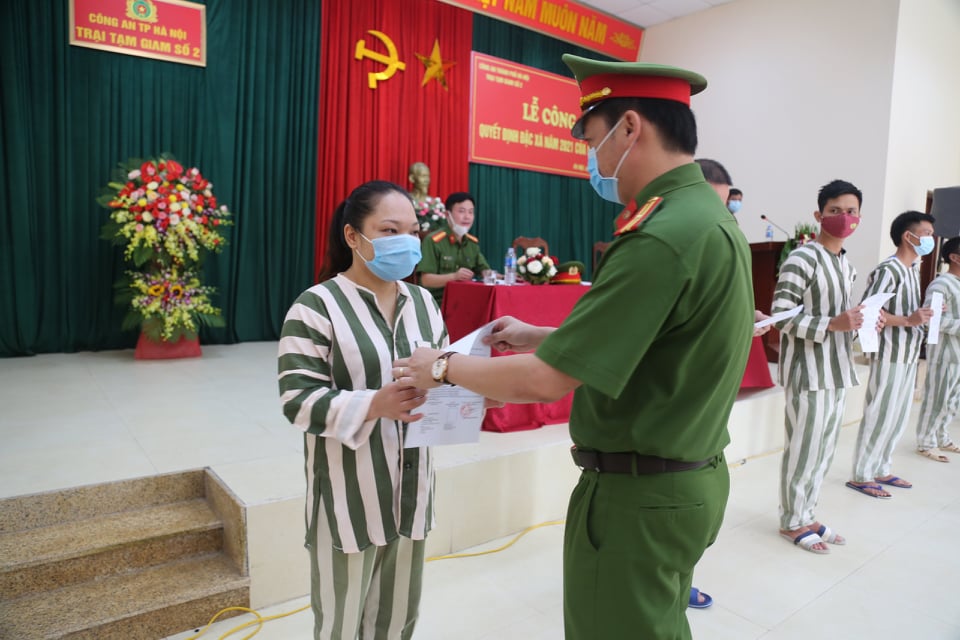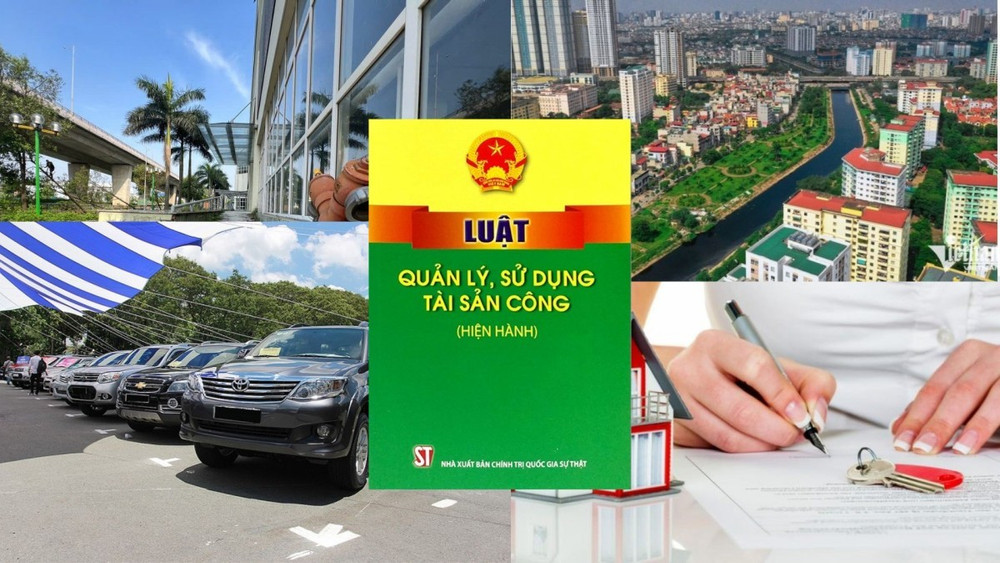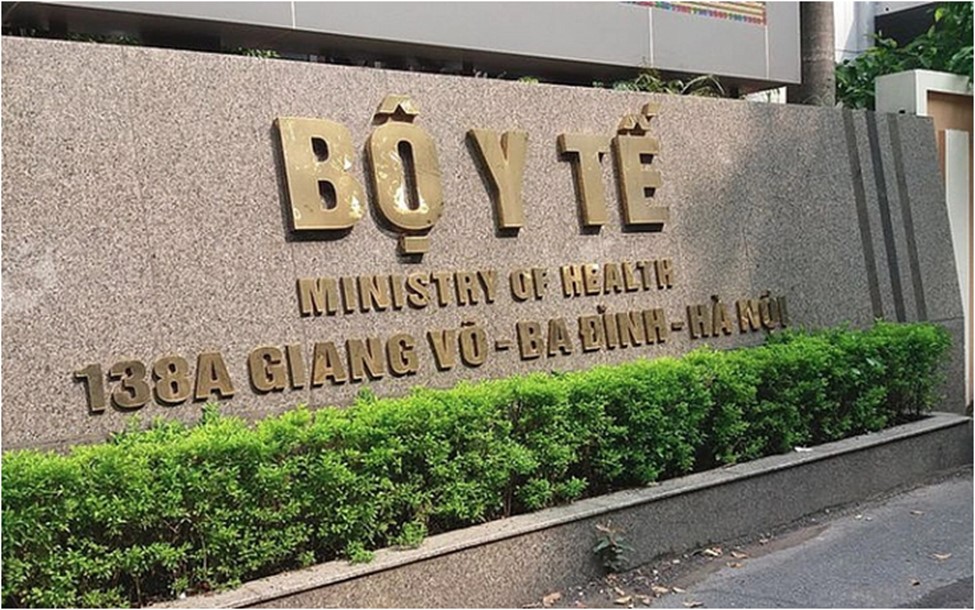Conclusion of the Politburo on the Planning for Hanoi Capital during the period of 2021–2030, with a vision toward 2050 in Vietnam
On May 24, 2024, the Politburo of Vietnam has already reached a conclusion on Planning for Hanoi Capital for the 2021–2030 period, with a vision to 2050.

Conclusion of the Politburo on the Planning for Hanoi Capital during the period of 2021–2030, with a vision toward 2050 in Vietnam (Internet image)
On May 24, 2024, the Central Executive Committee issued Conclusion 80-KL/TW of the Politburo on the Planning for Hanoi Capital during the period of 2021–2030, with a vision toward 2050, and the Project of Adjustment to the General Plan for Hanoi Capital until 2045, with a vision toward 2065 in Vietnam.
Conclusion of the Politburo on the Planning for Hanoi Capital during the period of 2021–2030, with a vision toward 2050 in Vietnam
The Politburo basically agrees with the viewpoints, objectives, vision, and main contents of the plans. At the same time, it emphasizes the following points:
- Continuously review and clearly define the functions, positions, and roles of Thang Long - Hanoi throughout its over 1,000-year history, as well as the potentials, advantages, and unique characteristics of Hanoi, in order to fully exploit and maximize the development of the capital.
Conduct specific assessments of limitations and shortcomings to understand the root causes of bottlenecks and challenges, thereby fostering innovative thinking, breakthrough solutions, and strategies aligned with prioritized implementation plans.
Implement the plans in conjunction with improving the legal system and enforcing laws in a coordinated, unified, effective, and efficient manner, utilizing superior mechanisms, policies, and prioritized resources to develop the capital, in alignment with the Law on Capital (amended).
Thoroughly study and calculate population issues, tailored to the urbanization and development pace of the capital in each phase.
- Organize and distribute the economic and social development space according to the central-axis structure, economic belts, and development axes, linking with efficient mobilization and utilization of resources, regional cooperation, cultural connections, as well as digital connectivity, science, technology, and innovative creativity.
Enhance regional connectivity, particularly in terms of transportation and logistics, to leverage the strengths of Hanoi's transportation systems, including waterways, roads, air travel, and railways, gradually reducing the distance between Hanoi and neighboring localities within the region and the country.
Reach a consensus on the need to supplement dual-use functions for military airports in Gia Lam and Hoa Lac, while also studying the establishment of a second airport. However, careful calculations are required to assess the appropriateness and impacts on the socio-economic aspects of the capital and the surrounding areas to determine the location of the second airport, ensuring effectiveness and suitability for the practical development of the capital and the Red River Delta region.
Give priority to early implementation of the urban railway system development; to be specific, the proposal for a high-speed railway line on the North-South axis, passing through the city center of Hanoi and the Hanoi Station, as proposed by the Party's Government Affairs Committee. Further studies should be conducted cautiously to evaluate feasibility, effectiveness, compatibility, and consistency with the railway network plan.
- Continuously review planning options to capitalize on the potential and unique advantages, with the urban economy and urban spatial development as the main driving forces, while simultaneously improving the quality of life for the people.
Align the arrangement and distribution of economic, cultural, social, and environmental activities with urban spaces, integrating with industries and sectors that have strong development trends and potential, such as e-commerce, retail through supermarket systems and convenience stores, tourism, high-quality education and training services, high-quality healthcare services, financial services, banking, insurance, cultural services, entertainment, and high-quality urban services.
- Arrange and divide space reasonably to focus on developing cultural industries, entertainment industries, and tourism as key economic sectors.
Prioritize the preservation, exploitation, and effective utilization of cultural spaces for the development of cultural industries, such as the space of Hoang Thanh Thang Long connecting Ba Dinh; the space of the Old Quarter connecting Long Bien Bridge; the space of the Co Loa historical complex; the space of Duong Lam ancient village; and the space of some traditional craft villages. Construct new modern and distinctive cultural works that symbolize the new era of the capital.
- Address environmental protection issues, handle environmental pollution in rivers, lakes, air, etc., and plan waste treatment areas to ensure scientific, safe, and efficient waste management, which is an urgent and prioritized requirement.
Promote breakthroughs in infrastructure, with a focus on planning and developing transportation and urban infrastructure. Strive to complete the construction of 14 urban railway lines, ring roads, key transportation hubs, and a bridge system across the Red River by 2035 to expand development space, enhance connectivity, and reduce traffic congestion. Pay attention to regional and international transportation connections, including railways, waterways, roads, and aviation.
Develop an integrated public transportation system that combines bicycles, buses, and urban railways, along with innovative approaches, mechanisms, and policies for green transportation transformation. Simultaneously, address fundamental issues related to clean water, wastewater treatment, and comprehensive flood control.
More details can be found in Conclusion 80-KL/TW, dated May 24, 2024.
- Number of deputy directors of departments in Vietnam in accordance with Decree 45/2025/ND-CP
- Cases ineligible for pardon in Vietnam in 2025
- Decree 50/2025 amending Decree 151/2017 on the management of public assets in Vietnam
- Circular 07/2025 amending Circular 02/2022 on the Law on Environmental Protection in Vietnam
- Adjustment to the organizational structure of the Ministry of Health of Vietnam: Certain agencies are no longer listed in the organizational structure
- Vietnam aims to welcome 22-23 million international tourists in Vietnam in 2025
-

- Number of deputy directors of departments in Vietnam ...
- 15:04, 05/03/2025
-

- Cases ineligible for pardon in Vietnam in 2025
- 14:43, 05/03/2025
-

- Decree 50/2025 amending Decree 151/2017 on the ...
- 12:00, 05/03/2025
-

- Circular 07/2025 amending Circular 02/2022 on ...
- 11:30, 05/03/2025
-

- Adjustment to the organizational structure of ...
- 10:34, 05/03/2025
-

- Notable new policies of Vietnam effective as of ...
- 16:26, 11/04/2025
-
.Medium.png)
- Notable documents of Vietnam in the previous week ...
- 16:21, 11/04/2025
-
.Medium.png)
- Notable documents of Vietnam in the previous week ...
- 16:11, 02/04/2025
-
.Medium.png)
- Notable new policies of Vietnam to be effective ...
- 16:04, 02/04/2025
-
.Medium.png)
- Notable new policies of Vietnam effective from ...
- 14:51, 21/03/2025
 (1).png)
 Article table of contents
Article table of contents
